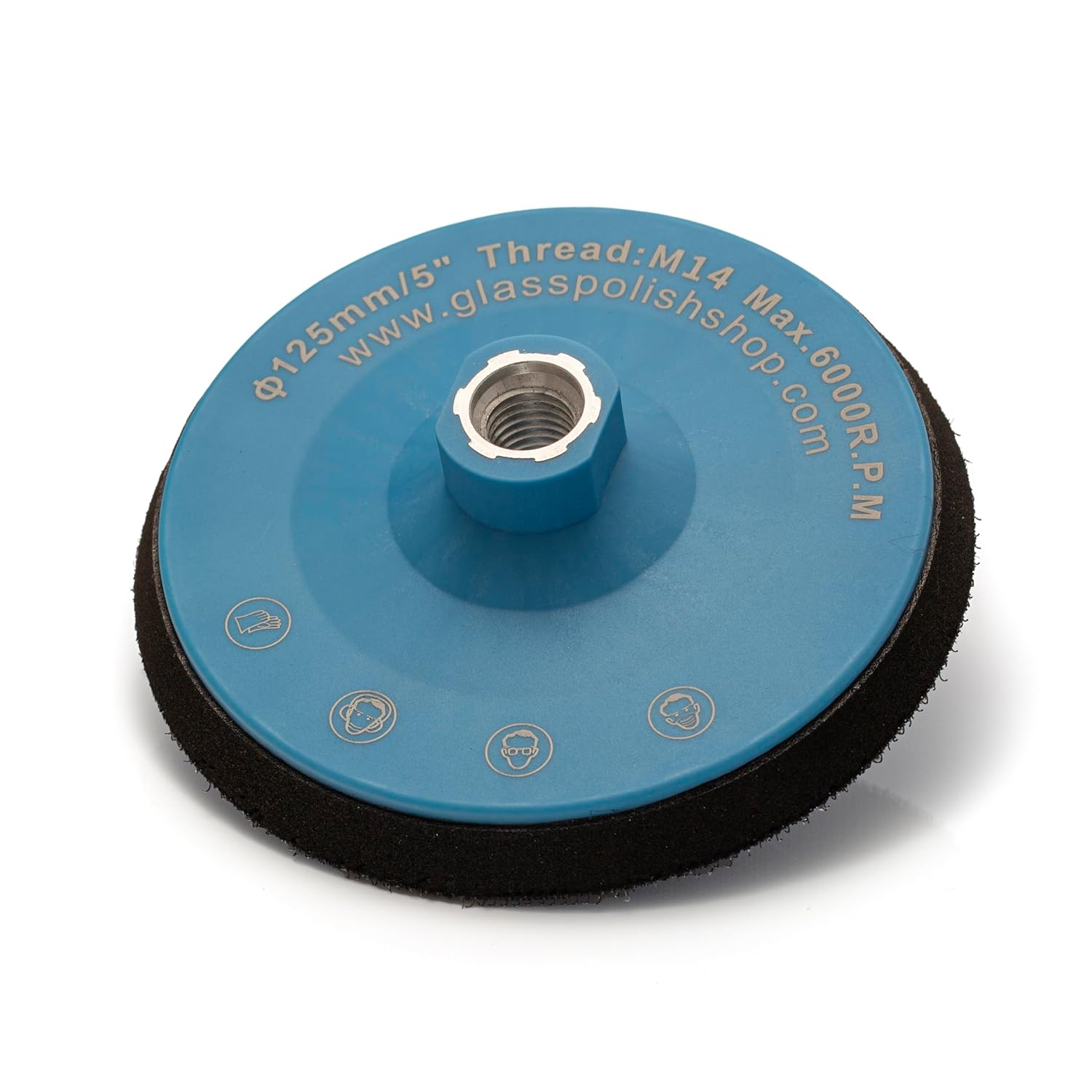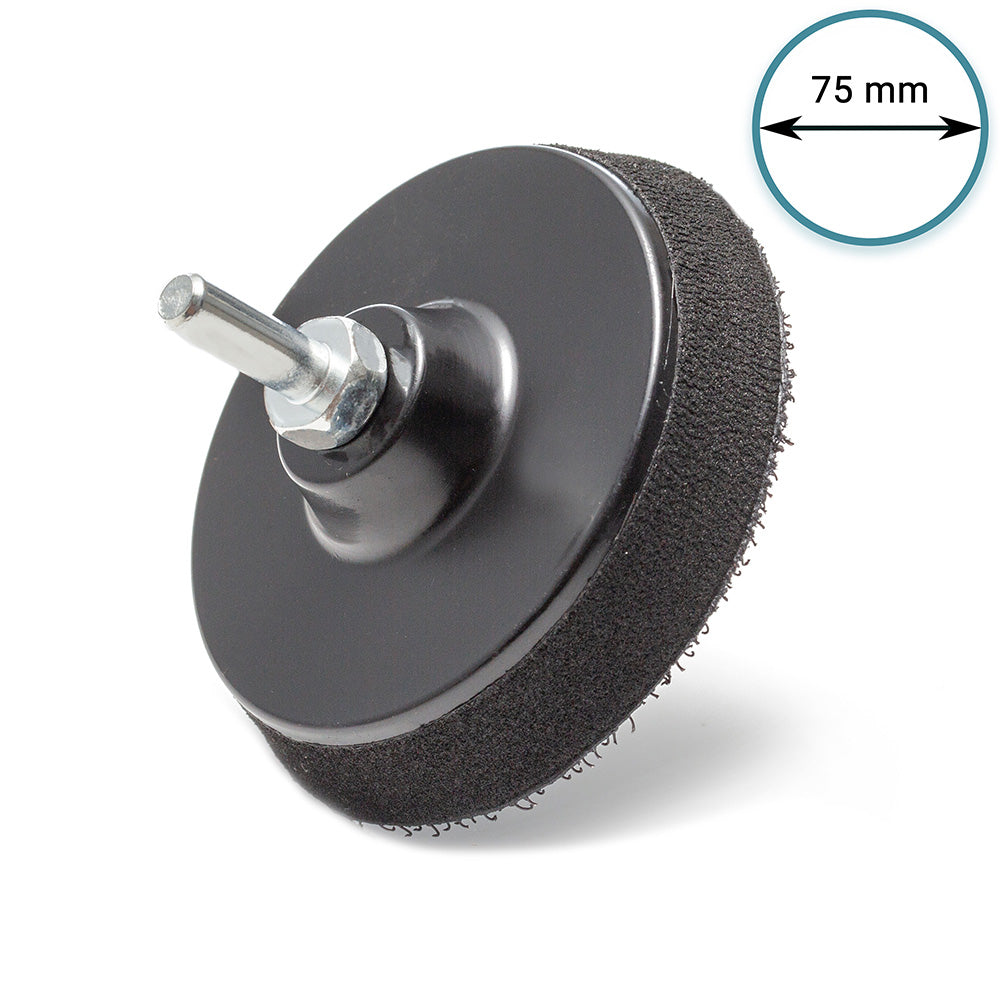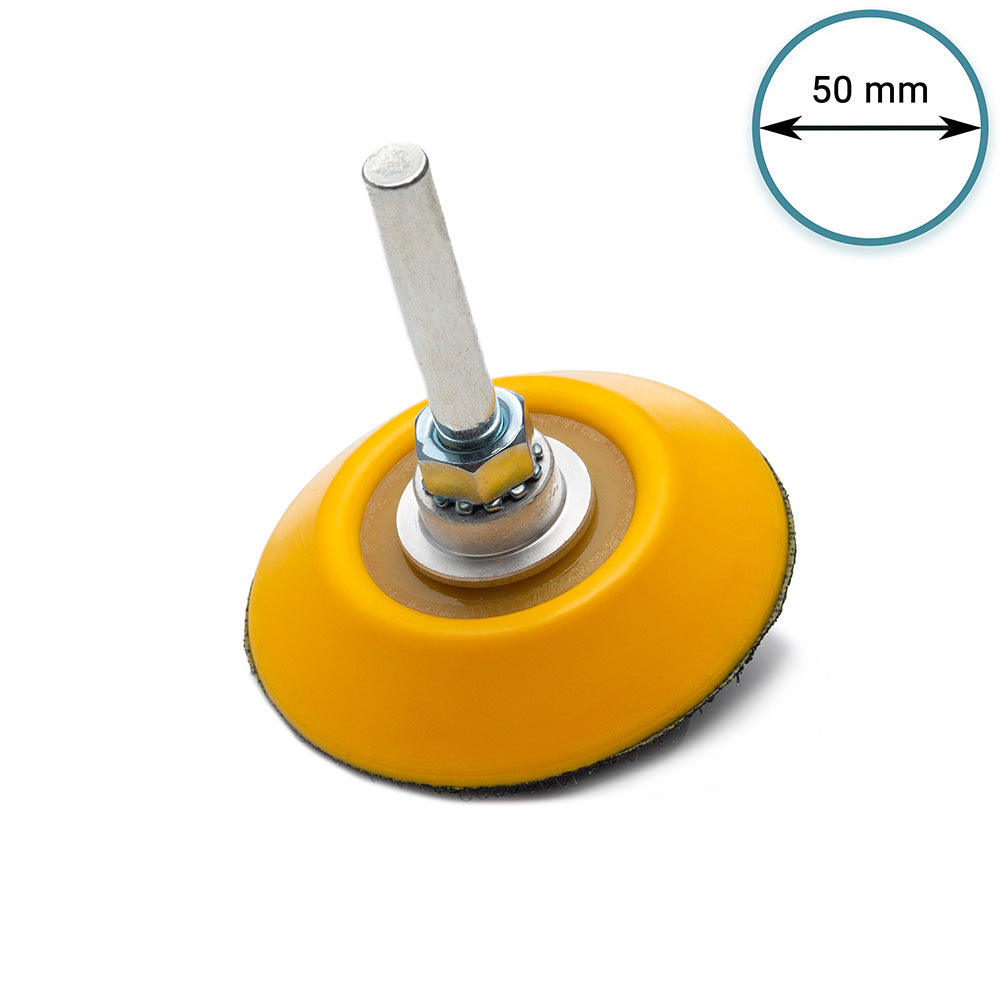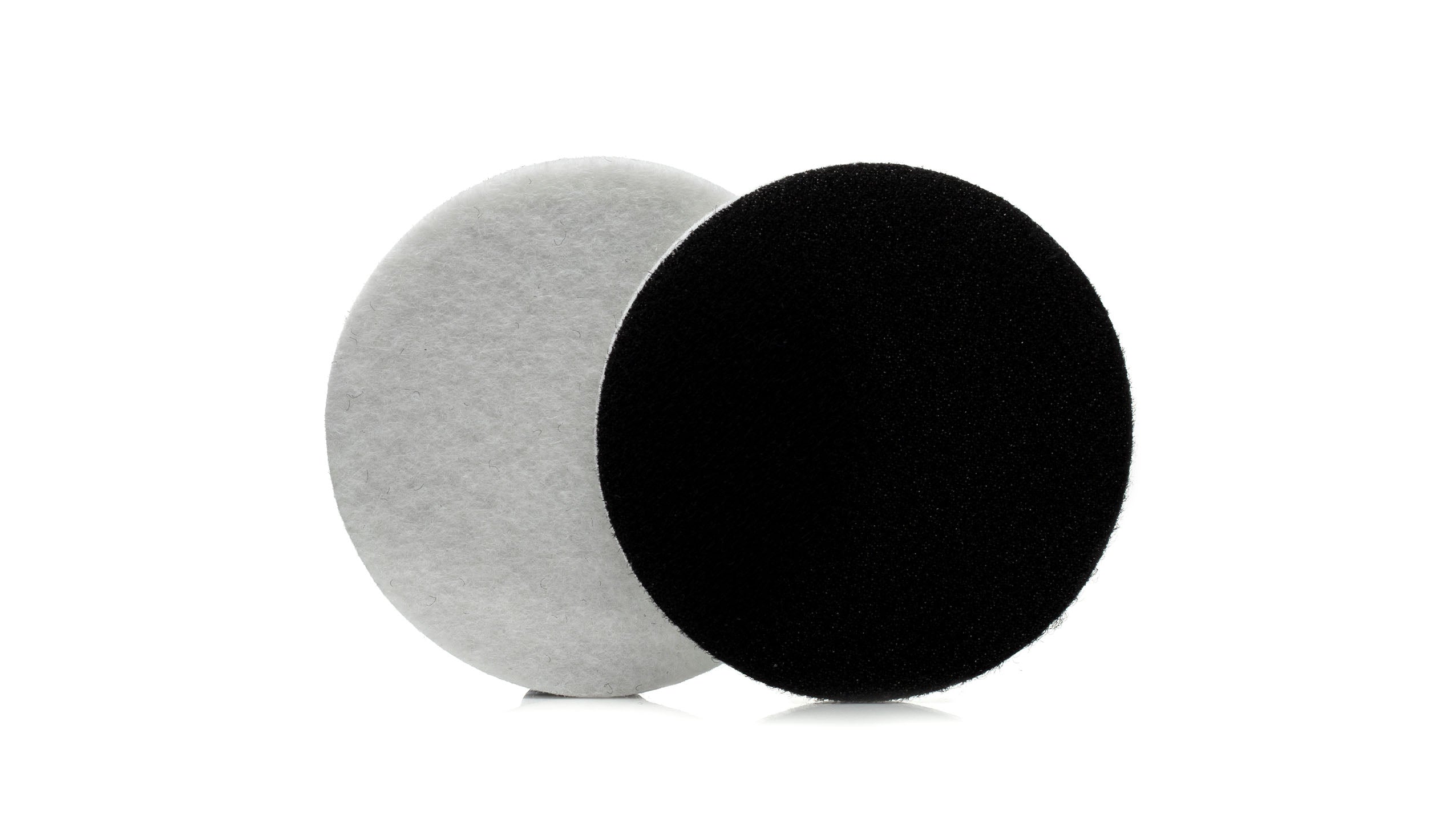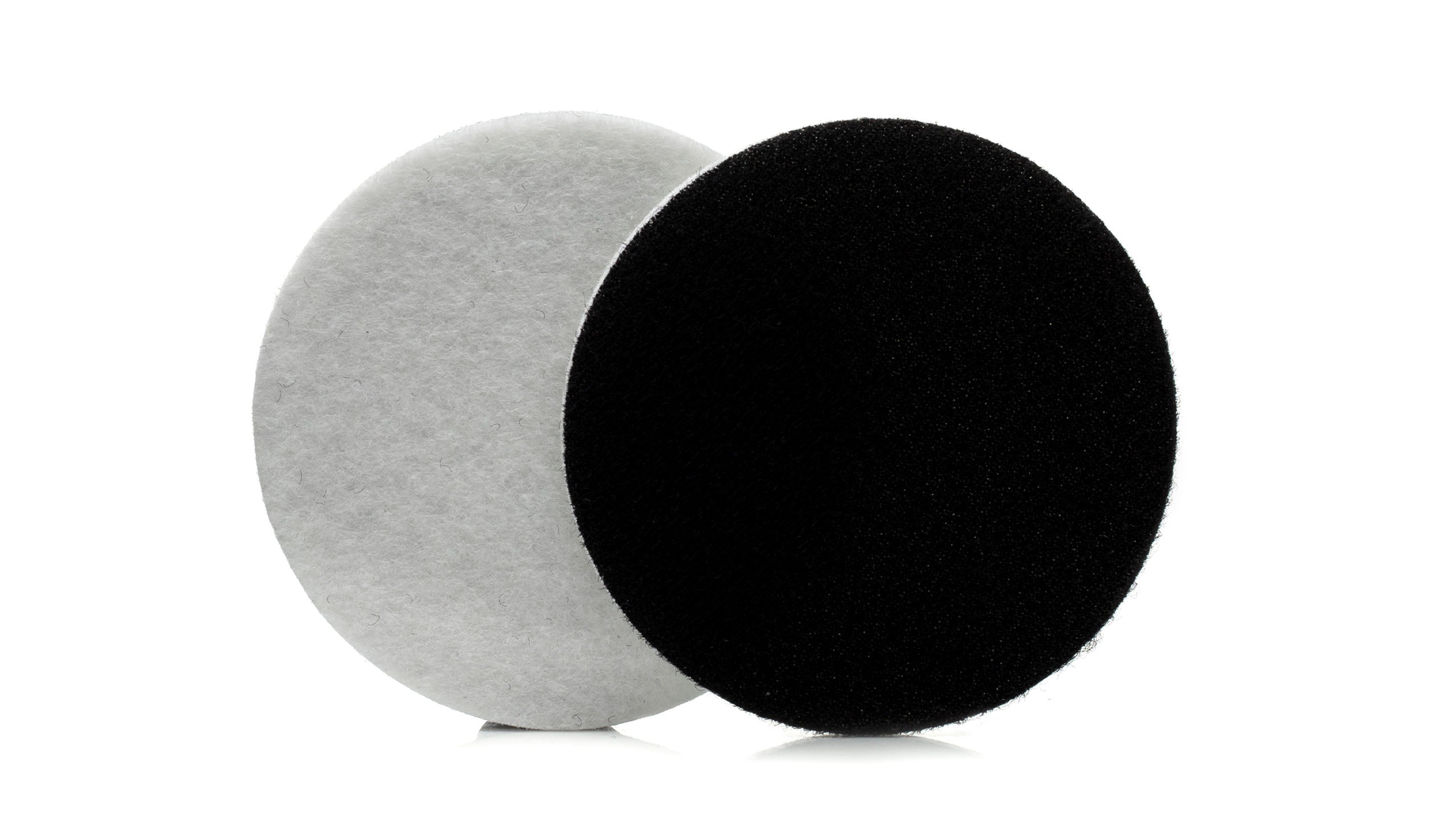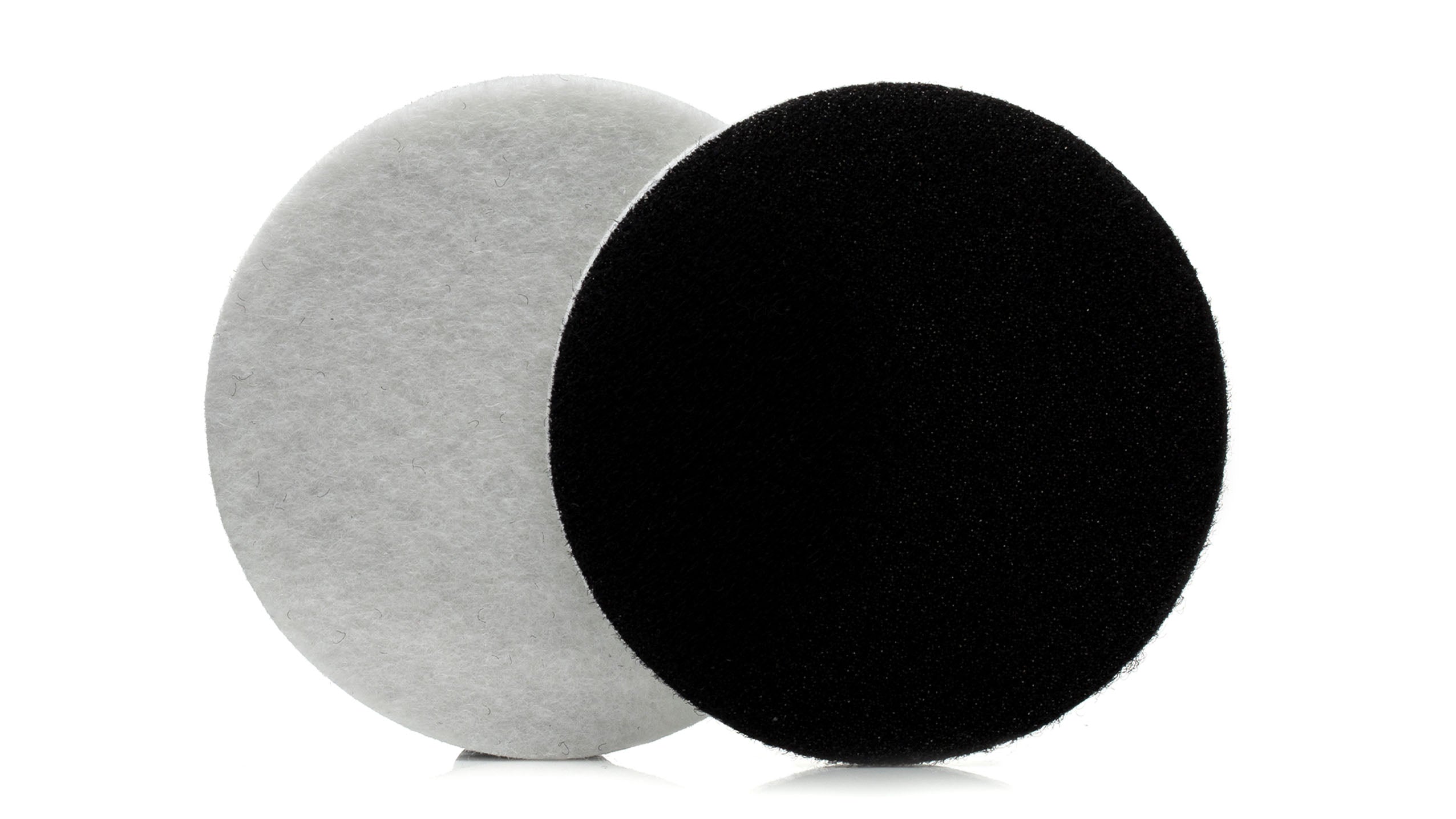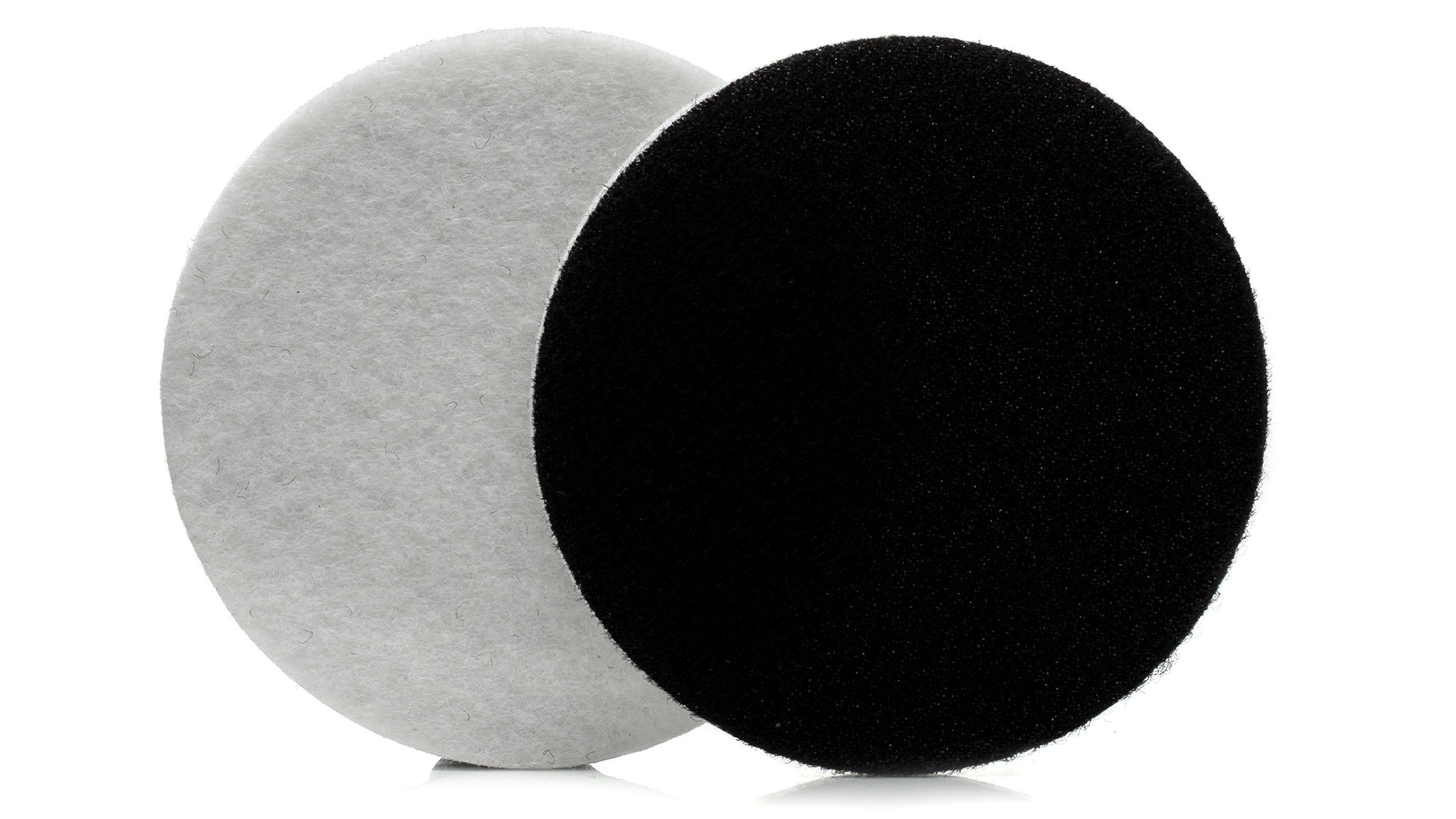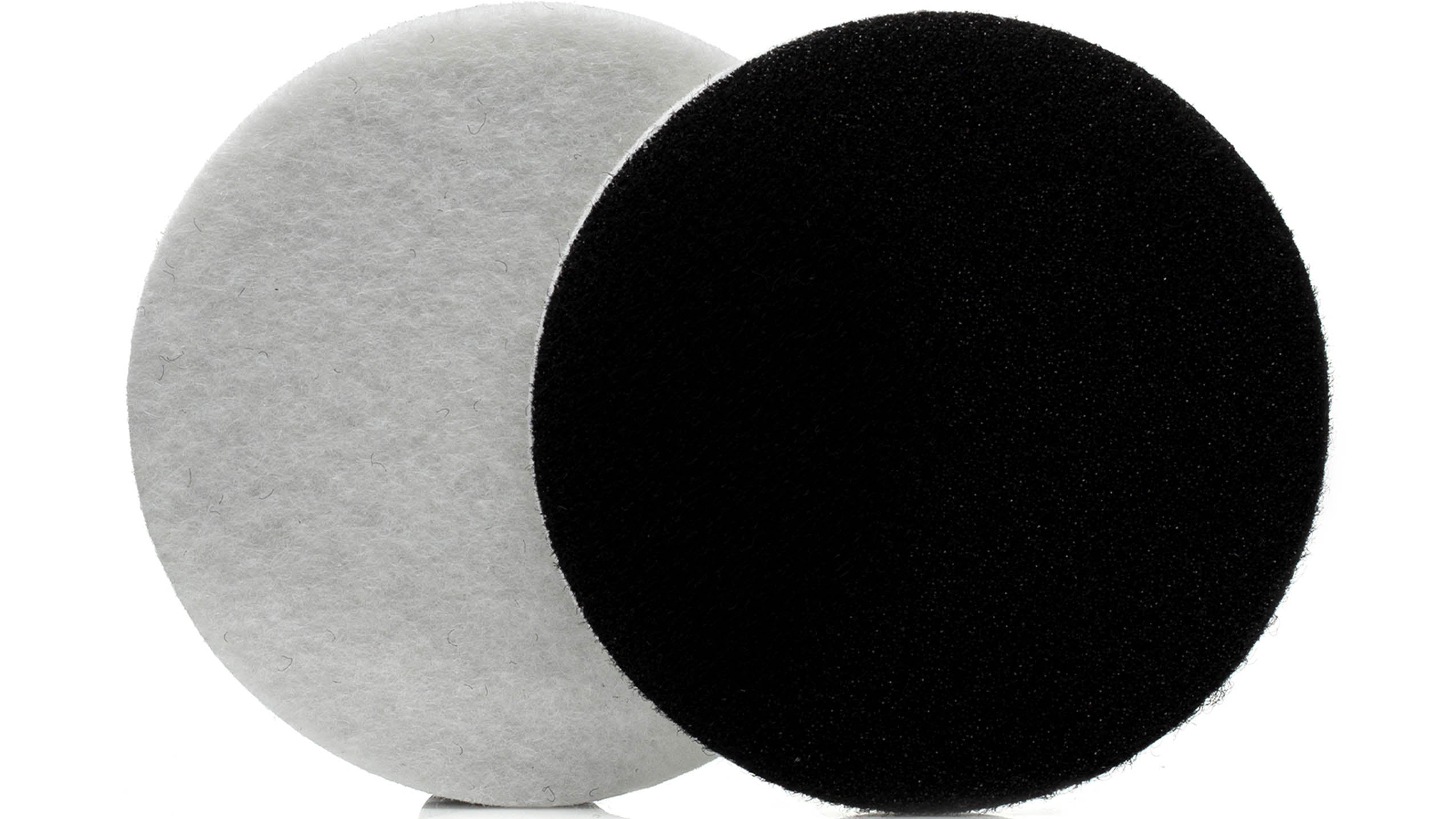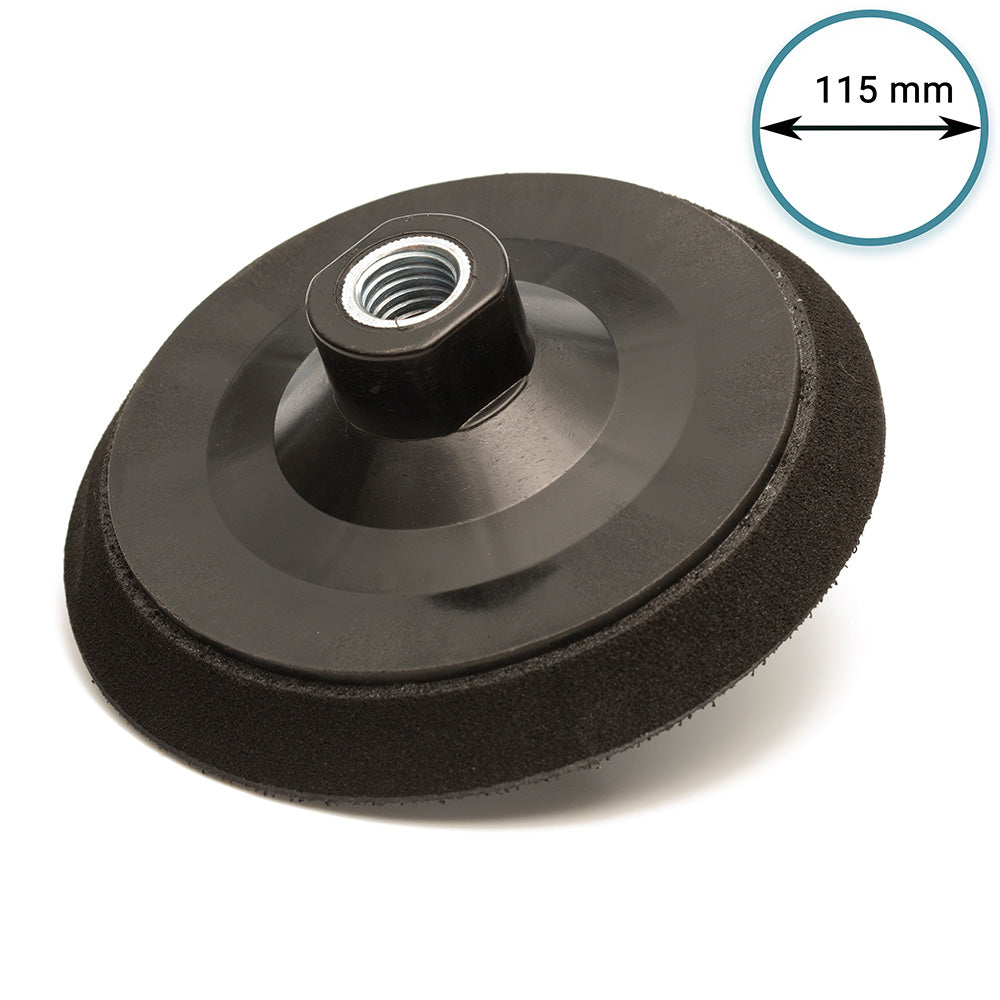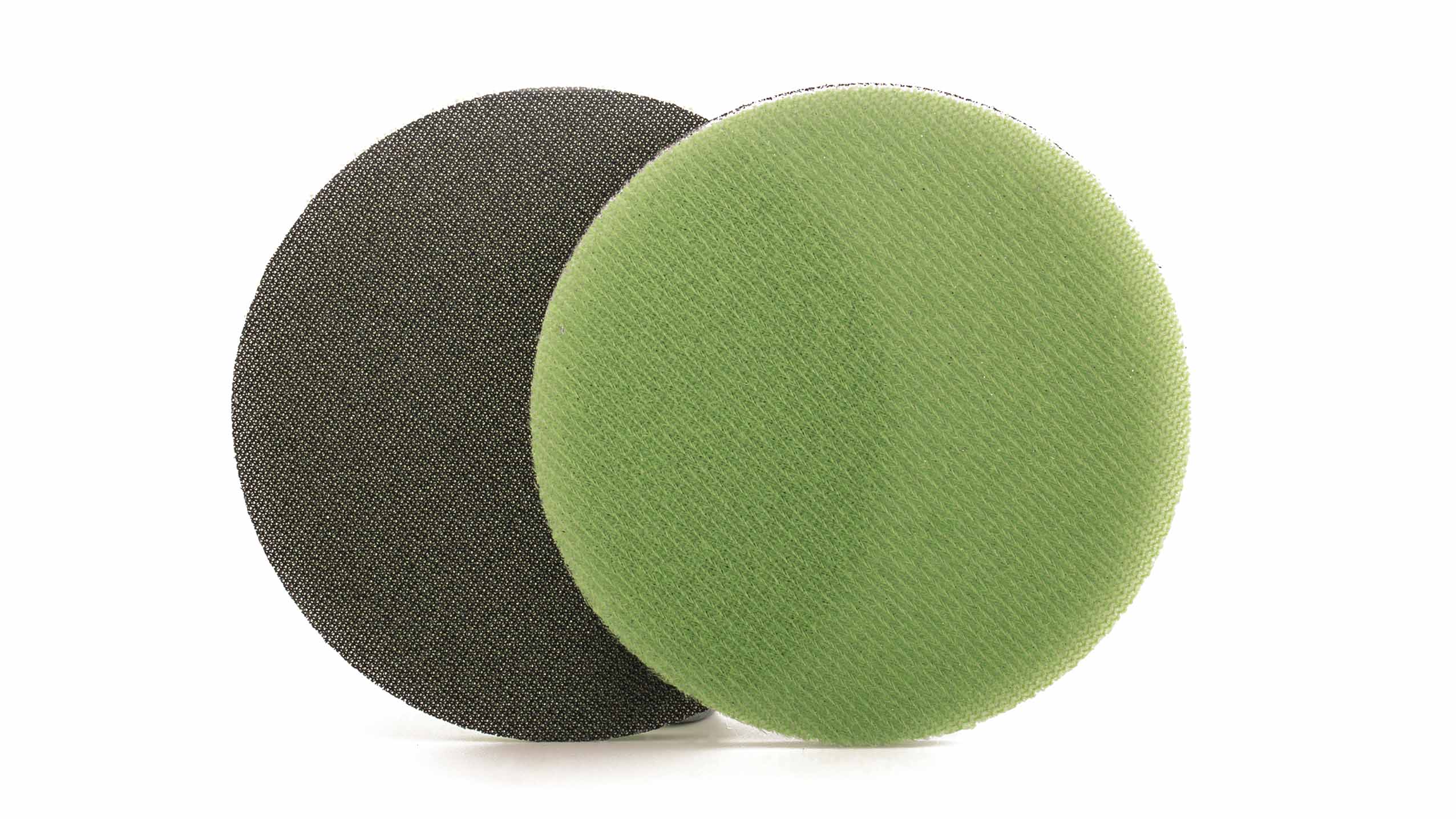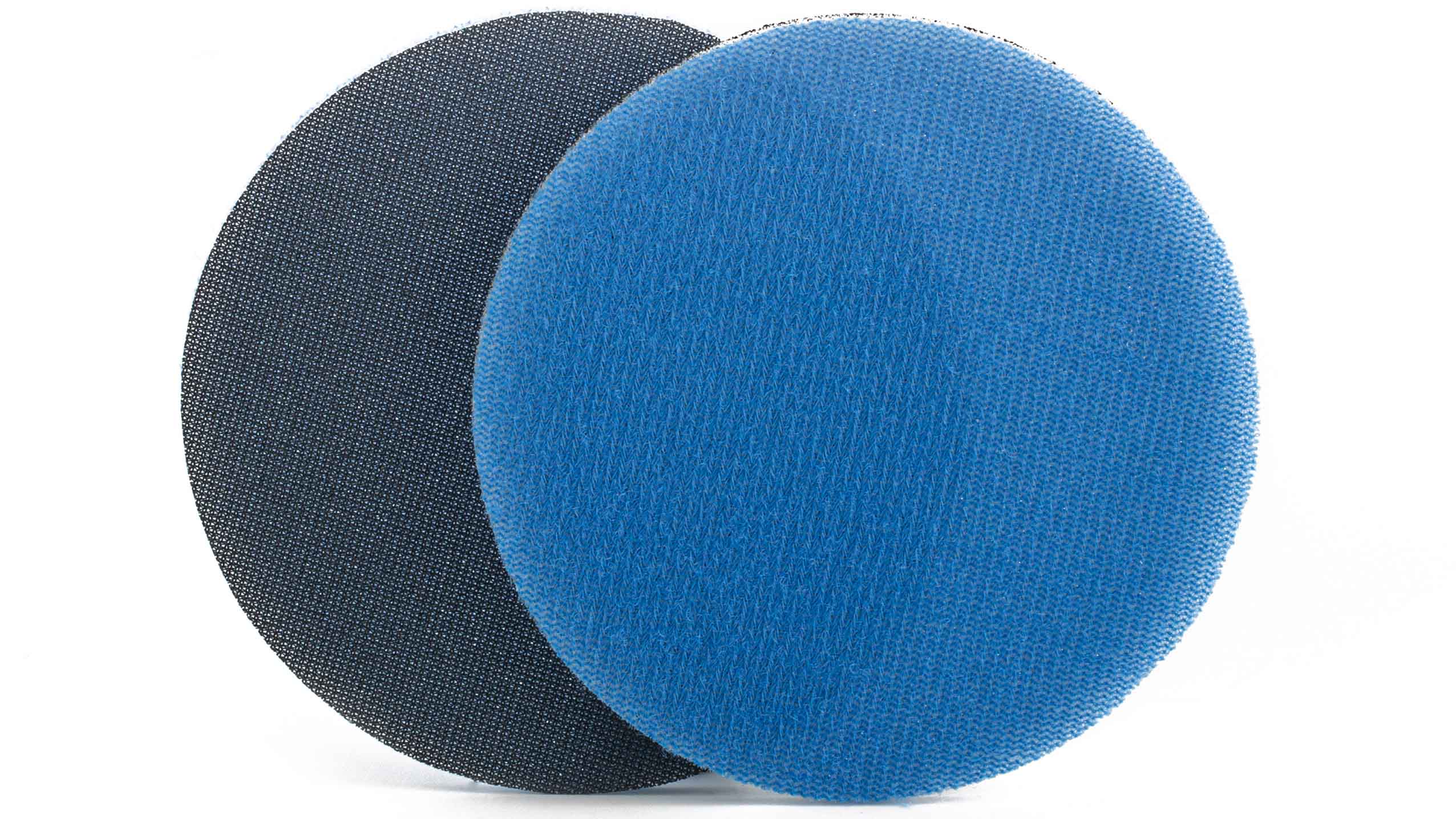Glass Polishing Compound Support
How To Use Glass Polishing Compound
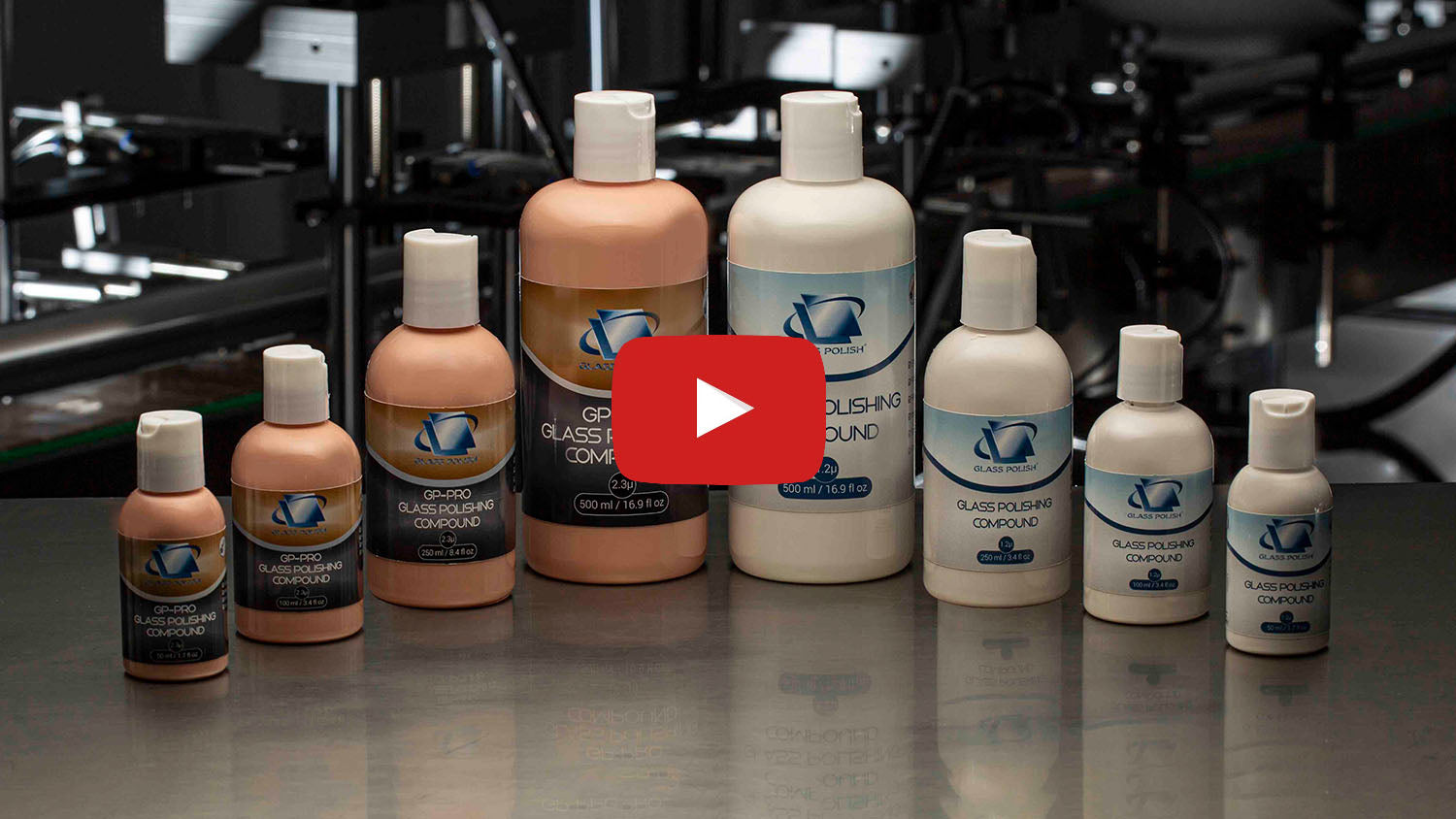

Glass Polishing Tips
✅ Polish with moderate pressure to maintain sufficient friction.
✅ Spread the compound evenly across the treated area before polishing.
✅ Polish in overlapping side-to-side and up-and-down motions.
✅ Maintain a surface temperature of 30–50°C (86–122°F) for best results.
✅ Spray a small amount of water to reactivate the polishing compound as needed.
✅ Add more compound for faster results, especially when polishing large areas.
✅ Repeat polishing as needed until the desired finish is achieved.
Frequently Asked Questions
What should I do if the compound dries while polishing?
If the compound dries while polishing, simply spray a small amount of water onto the glass or pad and continue polishing.
This will reactivate the compound and allow you to keep polishing without stopping.
Can I store and reuse leftover compound on the pad or in the bottle?
Yes. Any unused compound in the bottle can be stored and reused as long as the cap is closed tightly to prevent drying out.
If compound on the polishing pad dries between uses, simply spray with a little water to reactivate it when you continue polishing.
How long should I polish for the best results?
Polish until the defect is removed or the desired clarity is achieved.
For light scratches or surface marks, this may only take a few passes.
For more serious defects, repeat polishing as needed until satisfied.
Can I use Glass Polishing Compound on all types of glass?
Yes, the compound is suitable for most glass types, including windscreens, mirrors, toughened, laminated, and household glass.
However, avoid using it on coated, tinted, or decorative textured glass as polishing may remove or damage special finishes.
What if I accidentally use too much compound while polishing?
Using too much compound may make polishing messy and reduce visibility during the process.
Simply wipe away the excess with a cloth and continue polishing.
You do not need to remove all compound — a thin layer is enough to continue polishing effectively.
Products Used With Glass Polishing Compound
GP-PRO Felt Polishing Pad / 2'' 50mm
GP-PRO Felt Polishing Pad / 3'' 75mm
GP-PRO Felt Polishing Pad / 4.5'' 115mm
GP-PRO Felt Polishing Pad / 5'' 125mm
GP-PRO Felt Polishing Pad / 6'' 150mm
GlasX™ 120 -Medium Grade Abrasive 3" / 75mm
GlasX™ 60 - Fine Grade Abrasive 5" / 125mm









